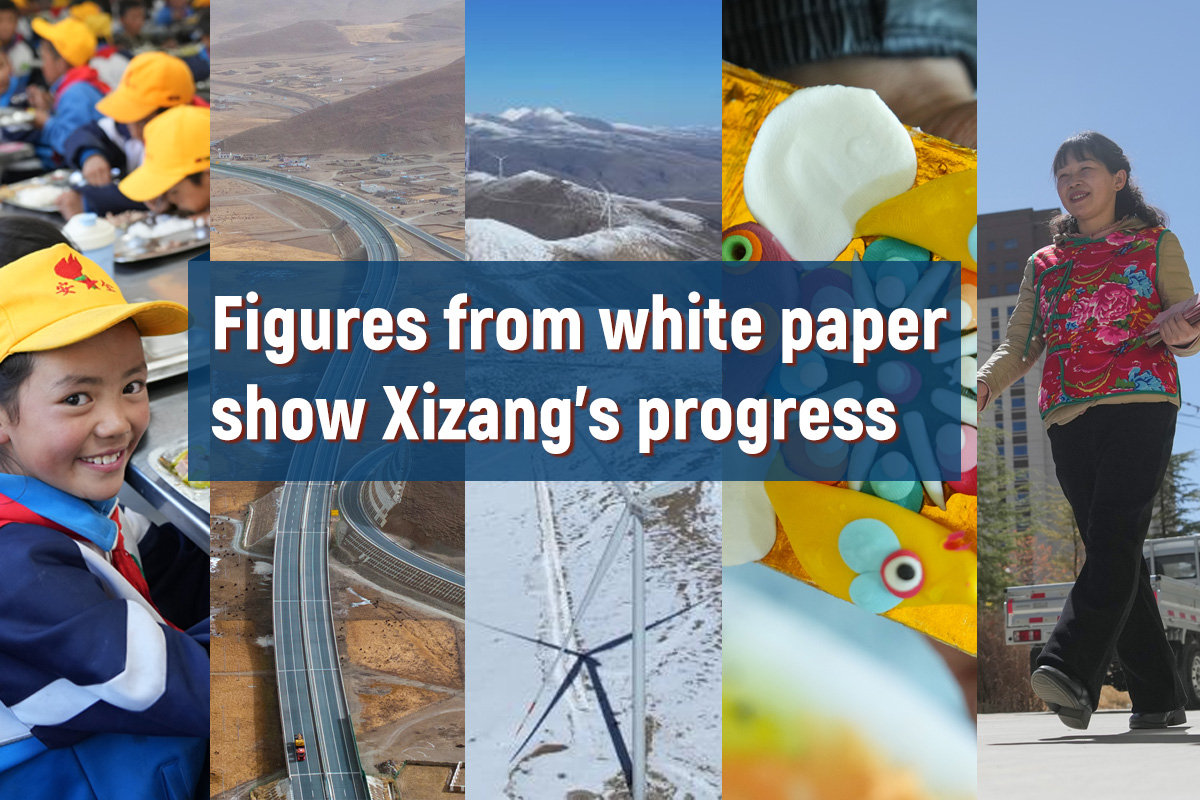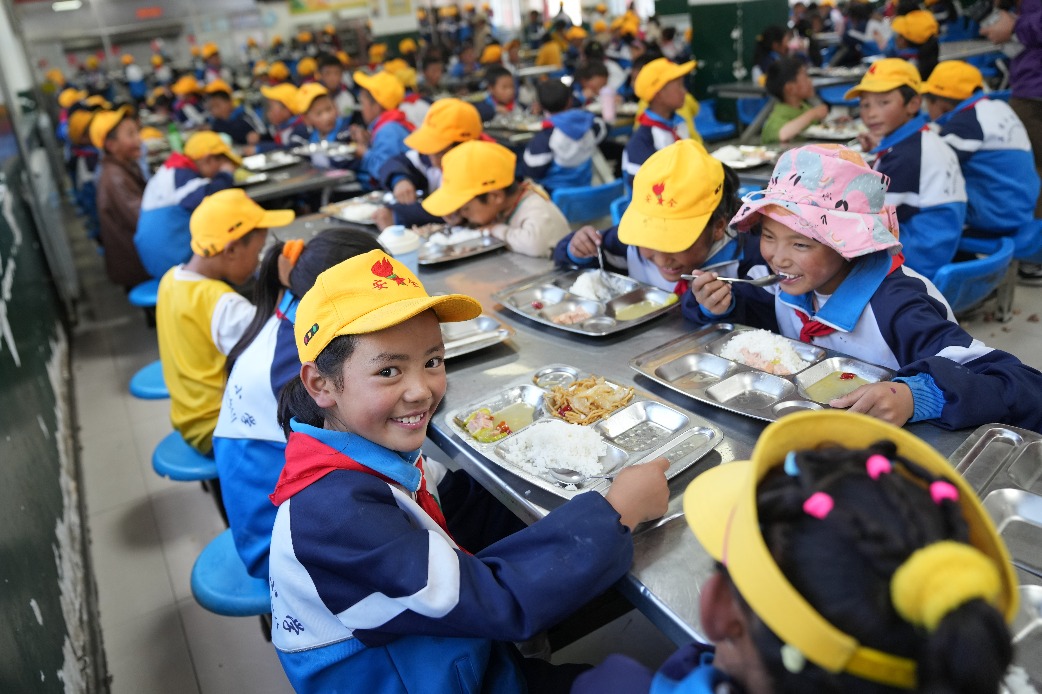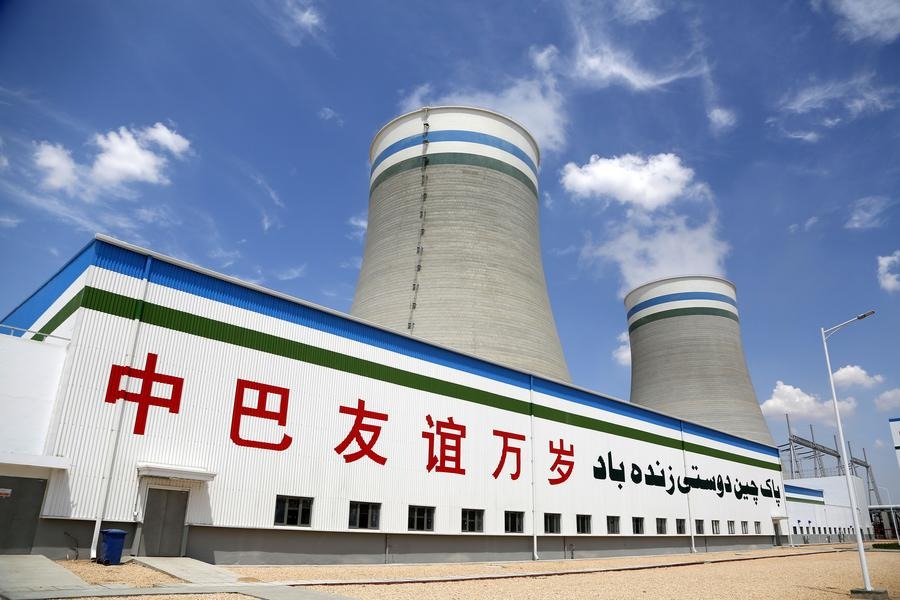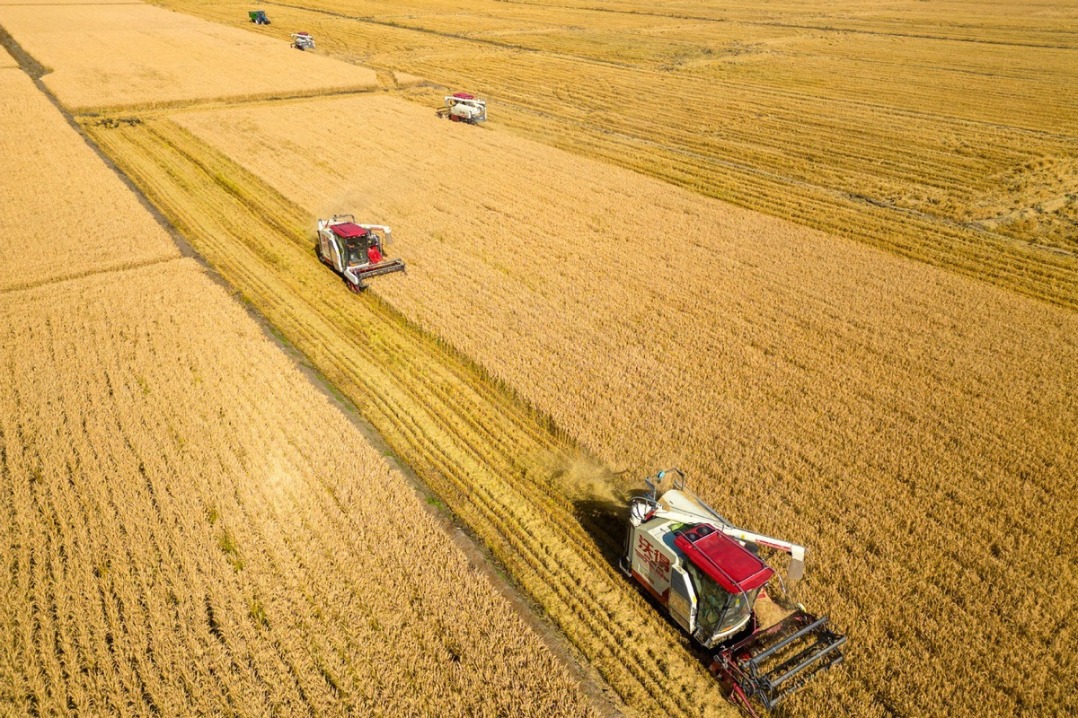Greener growth gains

Baqing village in Hebei province offers an example of how to utilize local biological resources sustainably

Many impoverished areas in China are ecologically fragile, and play a key role in ecological security at the regional and even national level. Shaking off poverty and protecting the ecology in these areas are no mean tasks and require them to pursue a green development path.
In September 2020, China presented the case of Baqing village in its position paper-Building a Shared Future for All Life on Earth: China in Action-at the United Nations Summit on Biodiversity in New York. In the past several years, Baqing village in Weichang county, Hebei province, has explored the "green" poverty alleviation way by fully utilizing, but not excessively exploiting, local biological resources and based on that, developing processing and industrial chains.
Located north of Beijing, Baqing was once one of the poorest villages in the province, with 39 percent of its residents living below the poverty line. It is also part of a key ecological functional area-the Beijing-Tianjin-Hebei sandstorm prevention and water conservation zone. With large tracts of barren land and long, cold winters, the life cycle of plants here is short and the local ecology fragile. Residents either grew potatoes and corn or raised cattle, or left to find work in the cities.
In 2018, the Ministry of Ecology and Environment set up a special work team to help Baqing shake off its poverty and preserve its ecology. One of the measures undertaken was to restore local plant species and tap their biological resources. Nasturtium, an indigenous plant with medicinal properties, was once popular as a herbal drink in Baqing. However, decades of overexploitation led to its depletion and further damaged the ecology. The work team introduced a new variety of nasturtium for artificial planting.
Thanks to the local geographical and climatic conditions that are favorable to it, the new variety shows medicinal properties 25 percent higher than that of the nasturtium grown at its place of origin. Since 2019, organic nasturtium is growing in 60 acres of the village and registering yearly sales of more than 300,000 yuan ($46,128), helping lift 30 households out of poverty.
The introduction of economic plants requires prudent selection and scientific assessment to avoid the adverse impacts of invasive species and make best use of the local ecological conditions. For example, the Meilong melon introduced from Hainan province in South China is well suited to Baqing's high altitude and sandy soil. In 2019, the melons generated 130,000 yuan of income for the village's collective account, and earned total salary of 700,000 yuan for 105 poor households.
To make good use of large tracts of low-productivity land, the village planted helianthus tuberosus, which have shallow roots that can absorb water from the surface of the ground and fix the soil at the same time. Resistant to drought, wind and sandstorms, as well as diseases and pests, the economic plant has strong vitality and requires only a few workers to cultivate it. In 2019, helianthus tuberosus were planted in 30 acres of the village, bringing in more than 100,000 yuan of sales revenue, and enabling 10 poverty-stricken households to shake off poverty.
In addition, technology has helped realize the potential of conventional agricultural produce. Potatoes grown in Baqing are found to be rich in selenium thanks to the soil and climatic conditions. The work team helped the village build an organic selenium-rich potato planting base on 420 acres and helped it apply for national organic certification. The selenium-rich label makes the potatoes more competitive in the market.
Baqing village is thus striking a balance between injecting vitality into the economy and preserving the local ecology: restoring the local environment and making full use of indigenous plants, wisely selecting and introducing cash plant species, and maximizing the market value of the distinctiveness of local agricultural products.
The village's growth model can provide references for the long-term development of villages that have just shaken off abject poverty.
First, surveys should be conducted in rural areas to evaluate the local biological resources and in light of this, systematic plans should be formulated for the sustainable exploitation. The resources refer to diverse biological species, natural conditions including wind, light, water, soil and climate, as well as genetic materials and unique components at the micro level. A complete knowledge of the local biodiversity and resources is the foundation for achieving sustainable development.
Second, the local governments should help villages with professional services and support systems for protecting the local ecology and realizing the value of unique ecological characteristics and plant species while avoiding ecological risks. Due to the lack of labor force and arable land resources in less developed regions, technical assistance and guidance is key to help better utilize the local natural resources and avoid excessive exploitation during economic development.
Third, awareness of green development should be promoted in rural areas. More green projects should be carried out to better utilize biological resources and develop related value chains. At the same time, training is needed to help villagers learn the value of biological resources, which is vital for operation and management of green projects and long-term sustainable development.
As the 15th meeting of the Conference of the Parties (COP 15) to the UN Convention on Biological Diversity is scheduled to be held in Kunming, capital of Yunnan province, this year, the integration of biodiversity and poverty alleviation will help more people learn of the significance and value of biodiversity.
Zhou Guomei is director-general of the Foreign Environmental Cooperation Center at the Ministry of Ecology and Environment and deputy secretary-general of the China Council for International Cooperation on Environment and Development. Guo Anzhi is first secretary of the Baqing village's Party Committee at Weichang county of Hebei province. The authors contributed this article to China Watch, a think tank powered by China Daily. The views do not necessarily reflect those of China Daily.
If you have a specific expertise and would like to contribute to China Daily, please contact us at opinion@chinadaily.com.cn, and comment@chinadaily.com.cn.


































